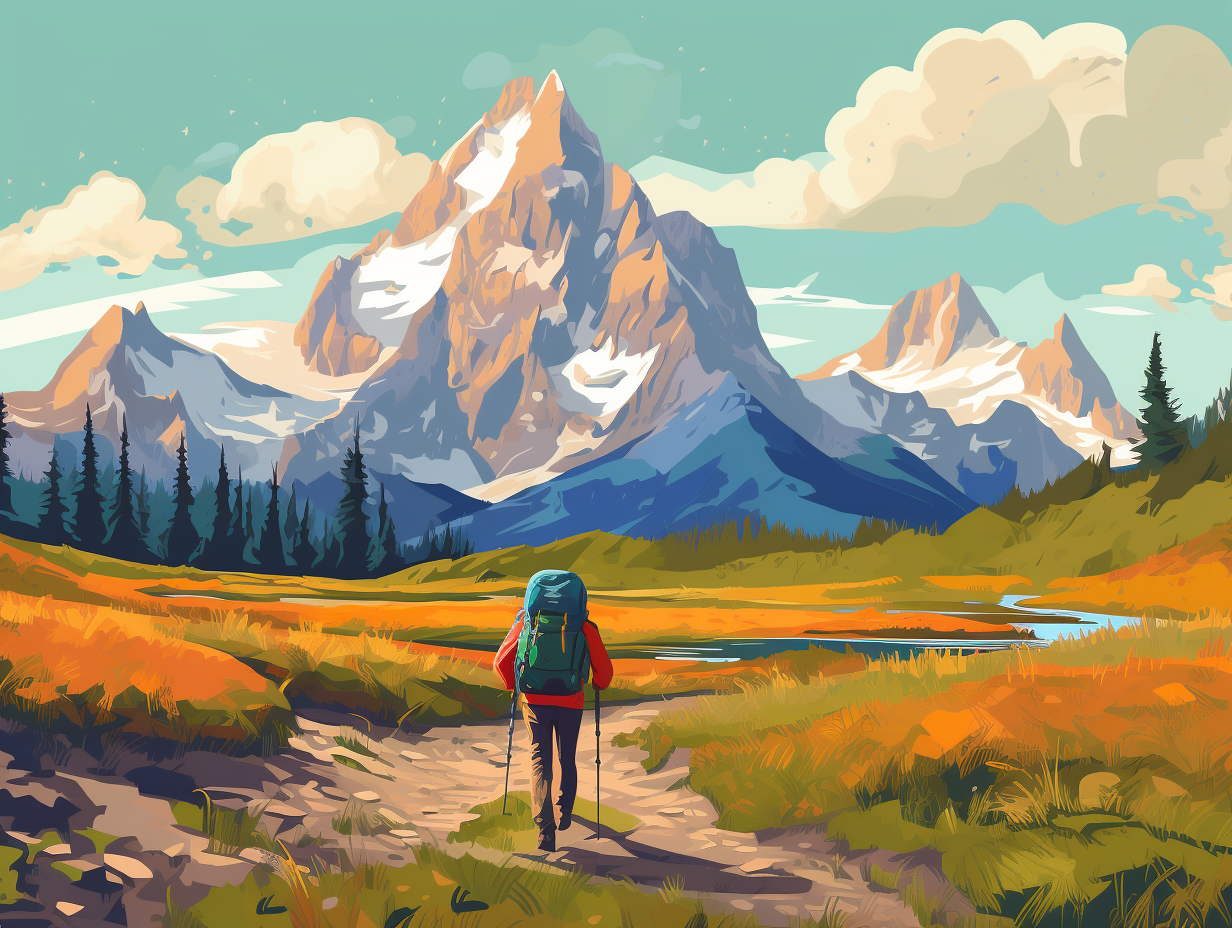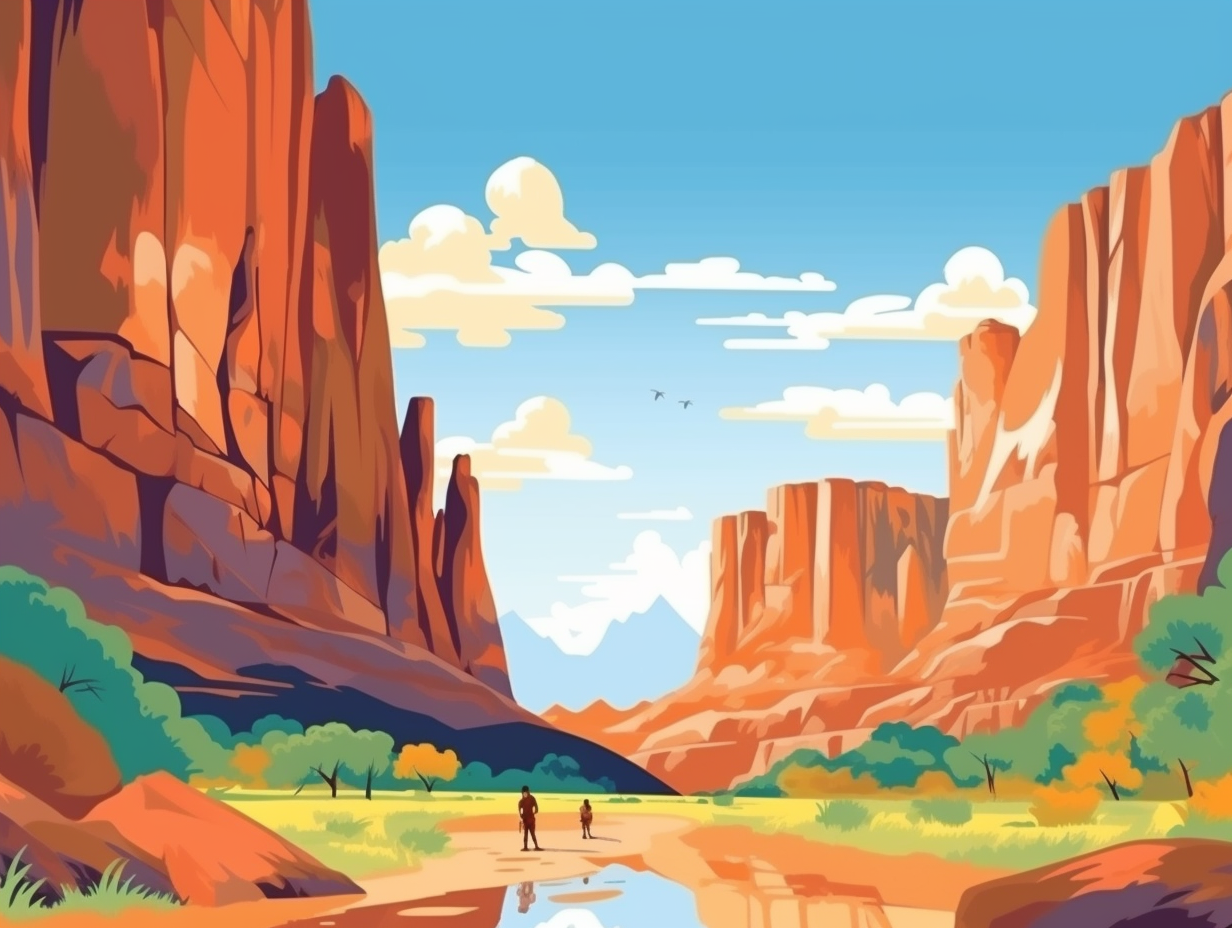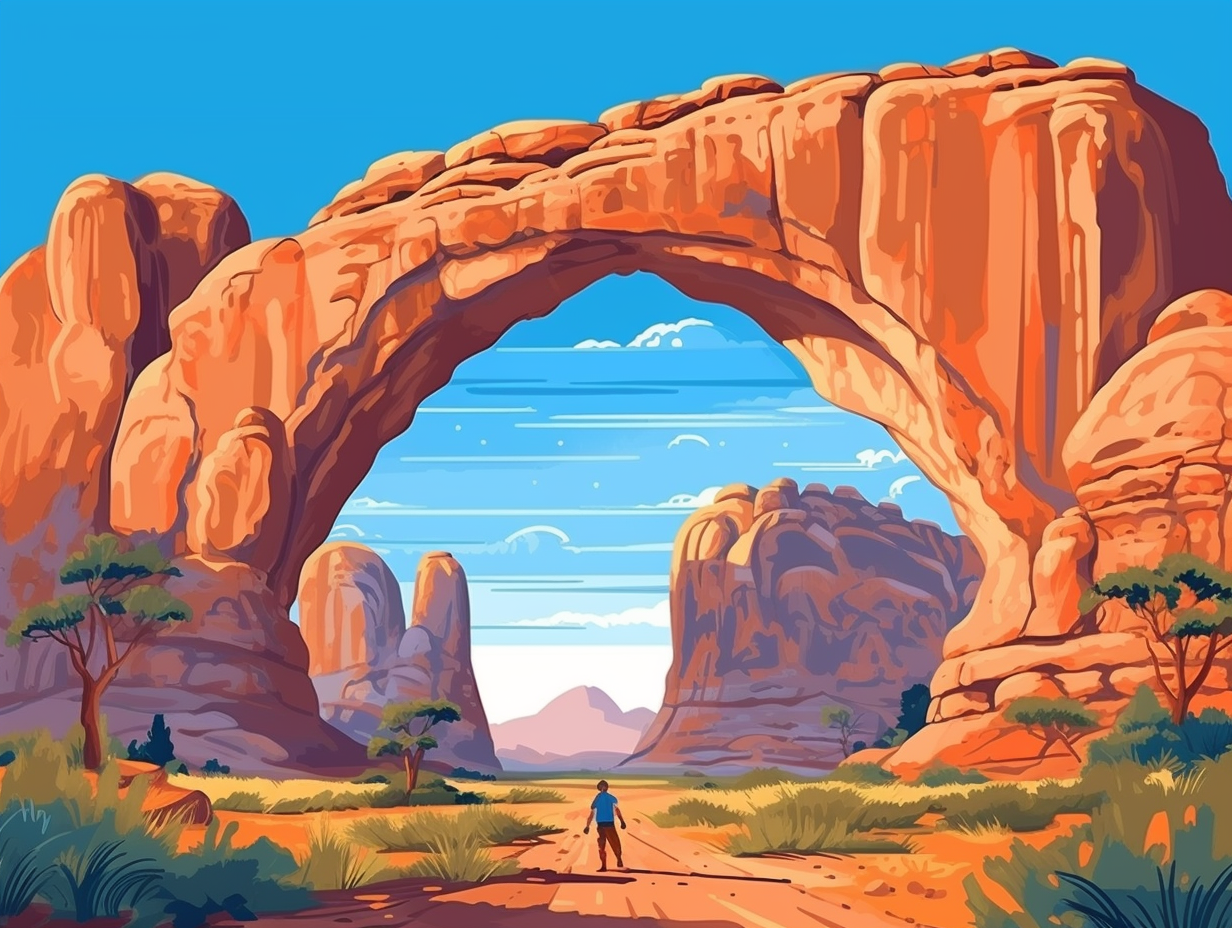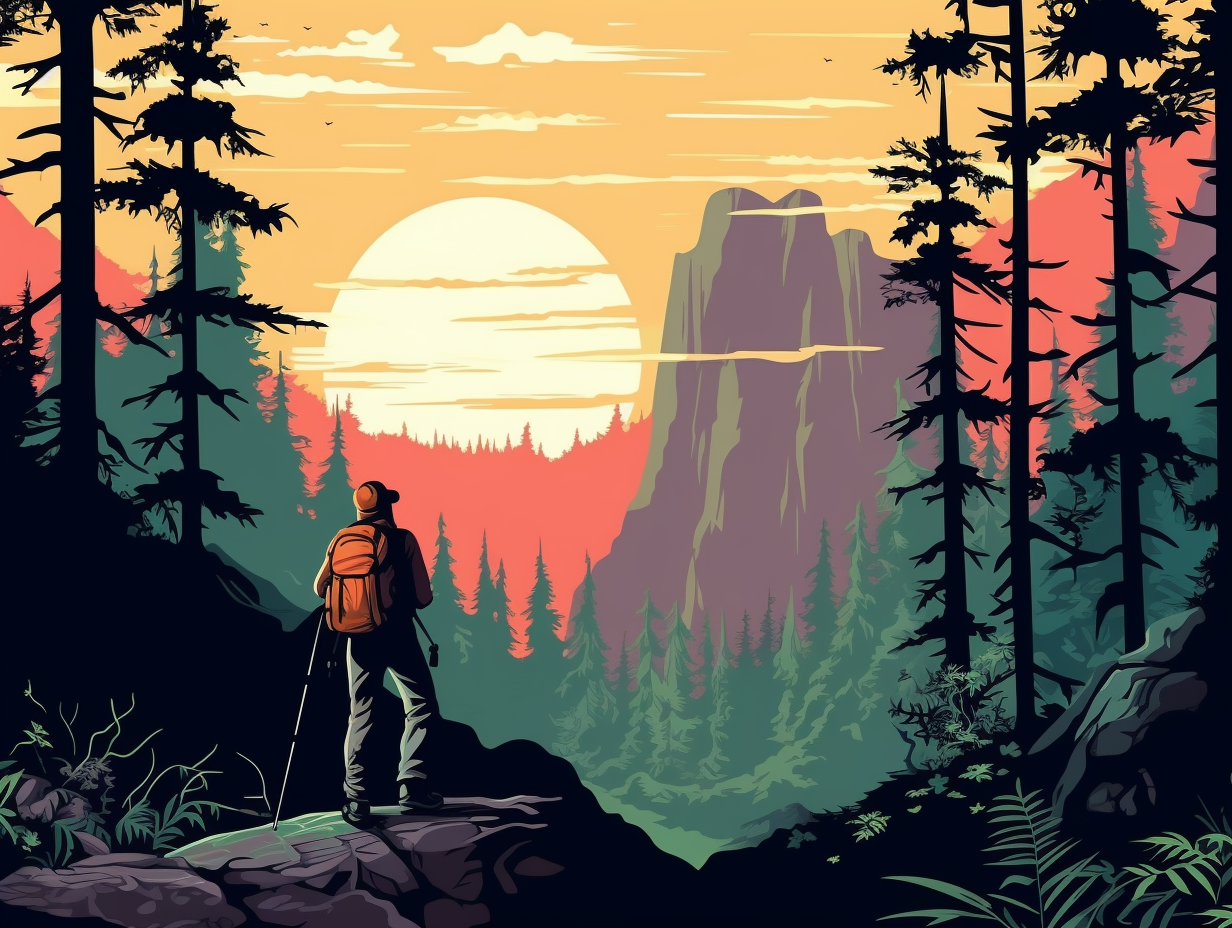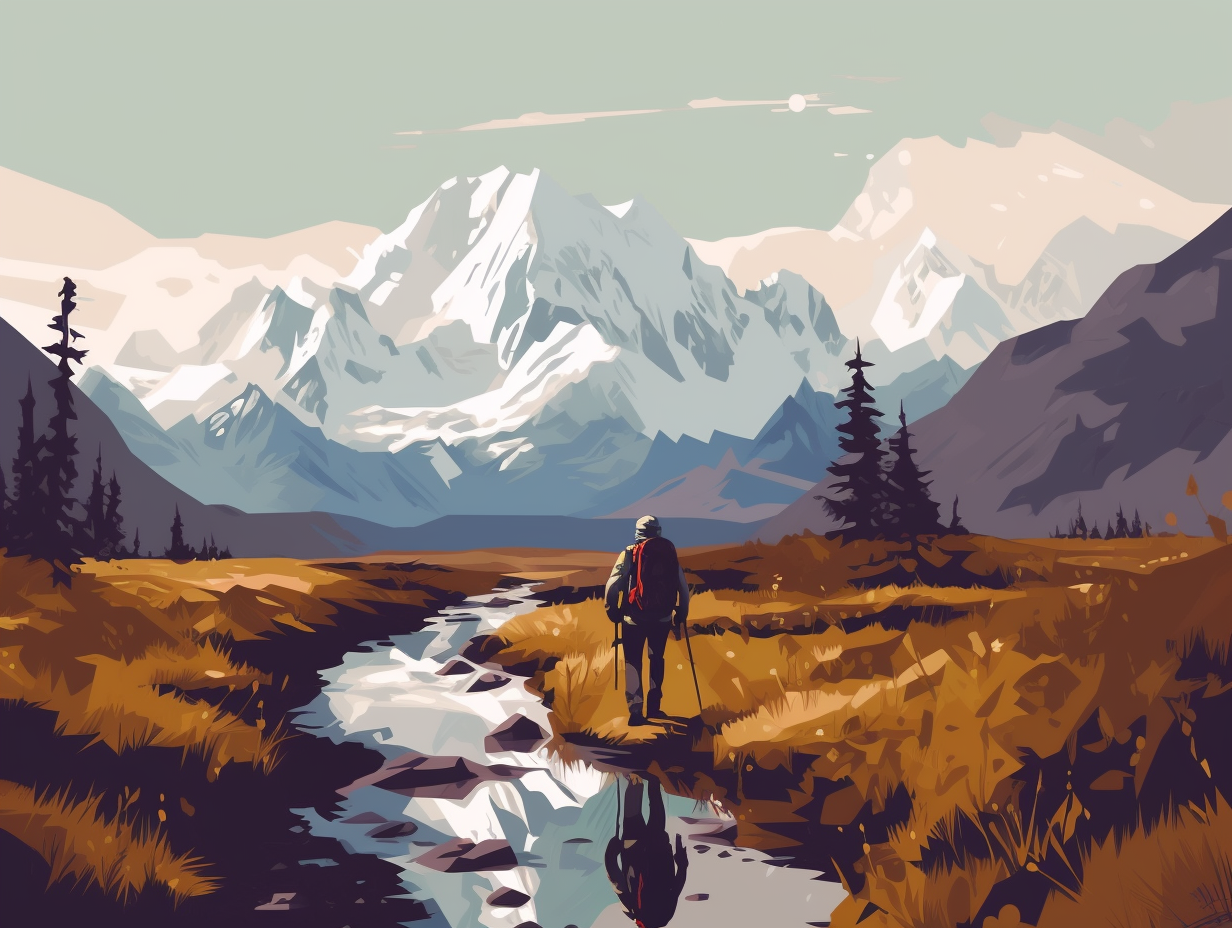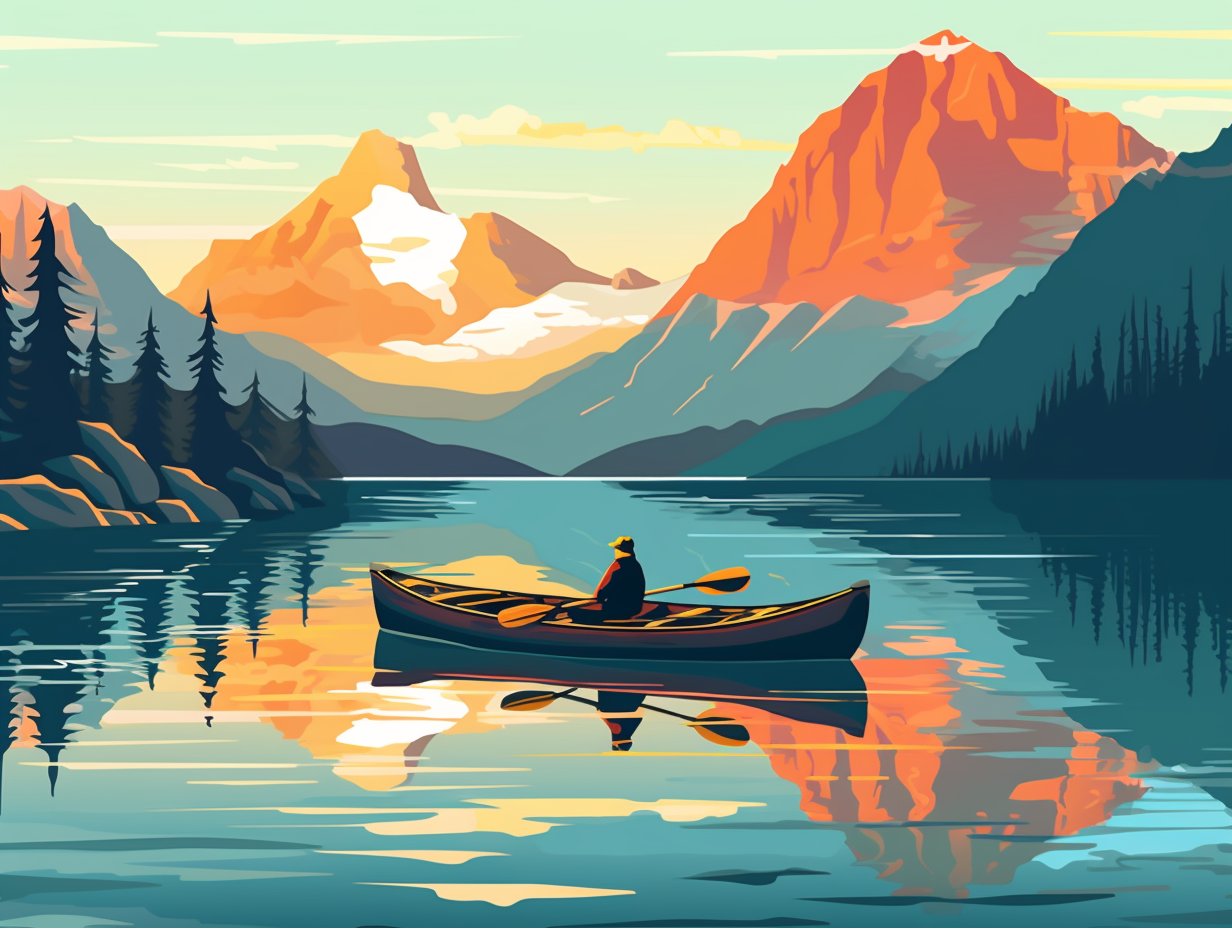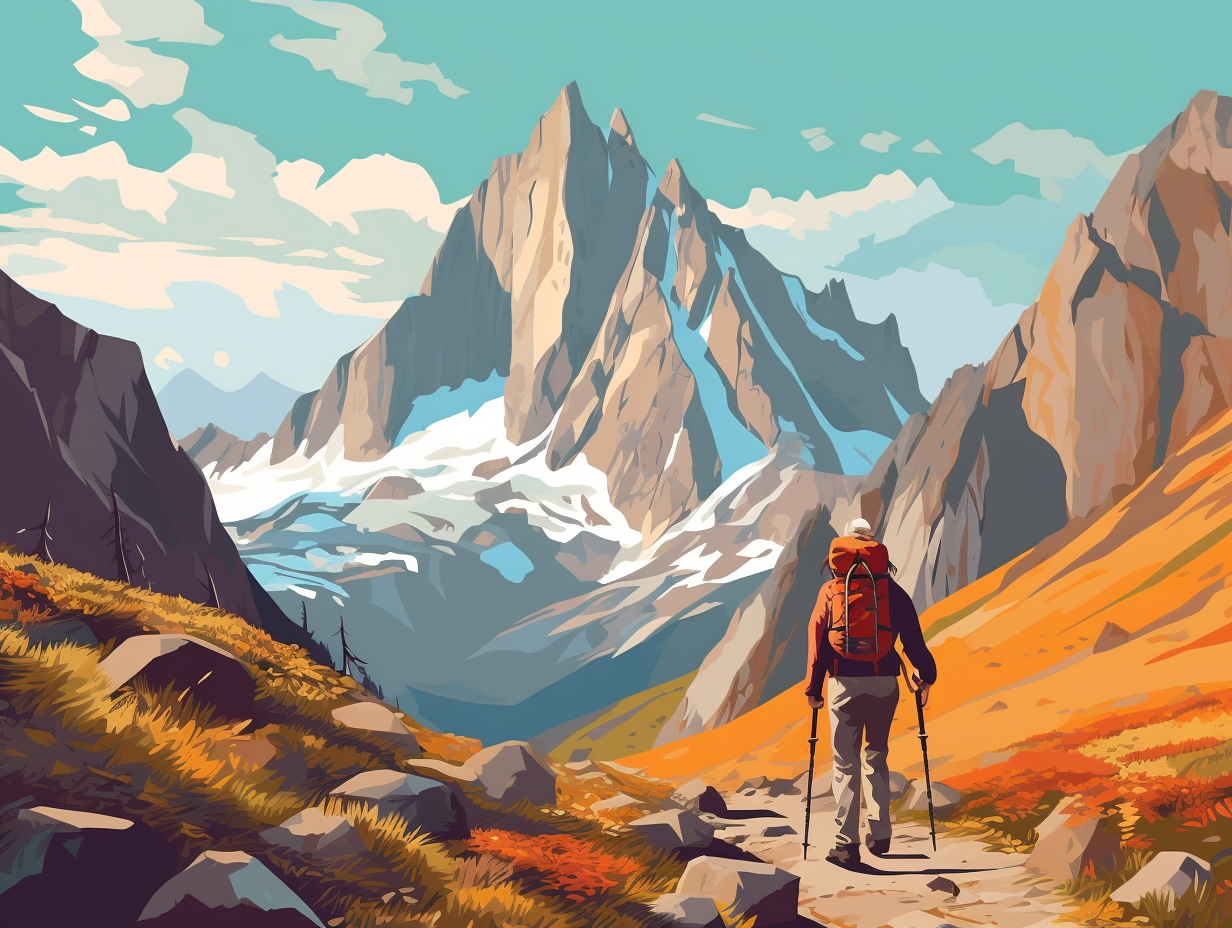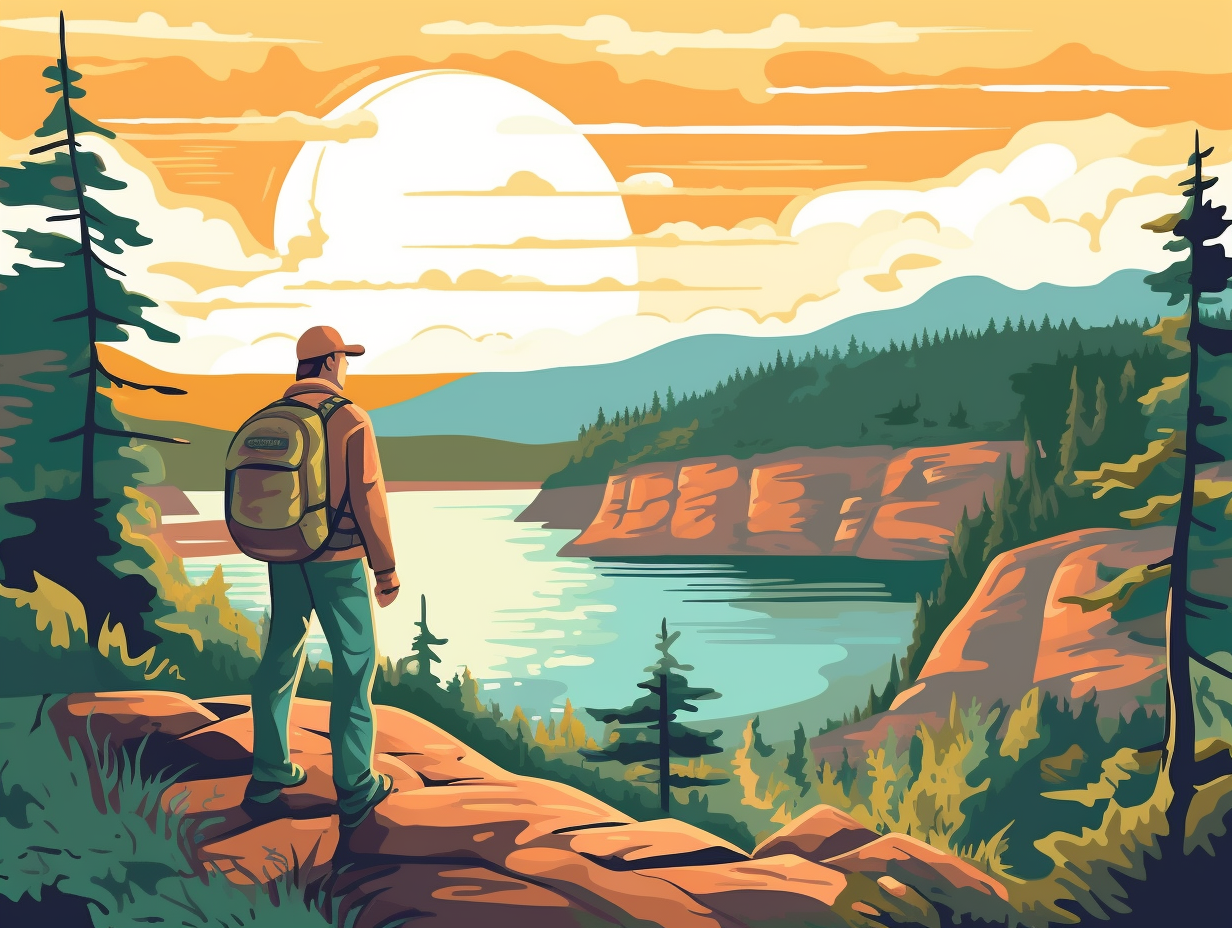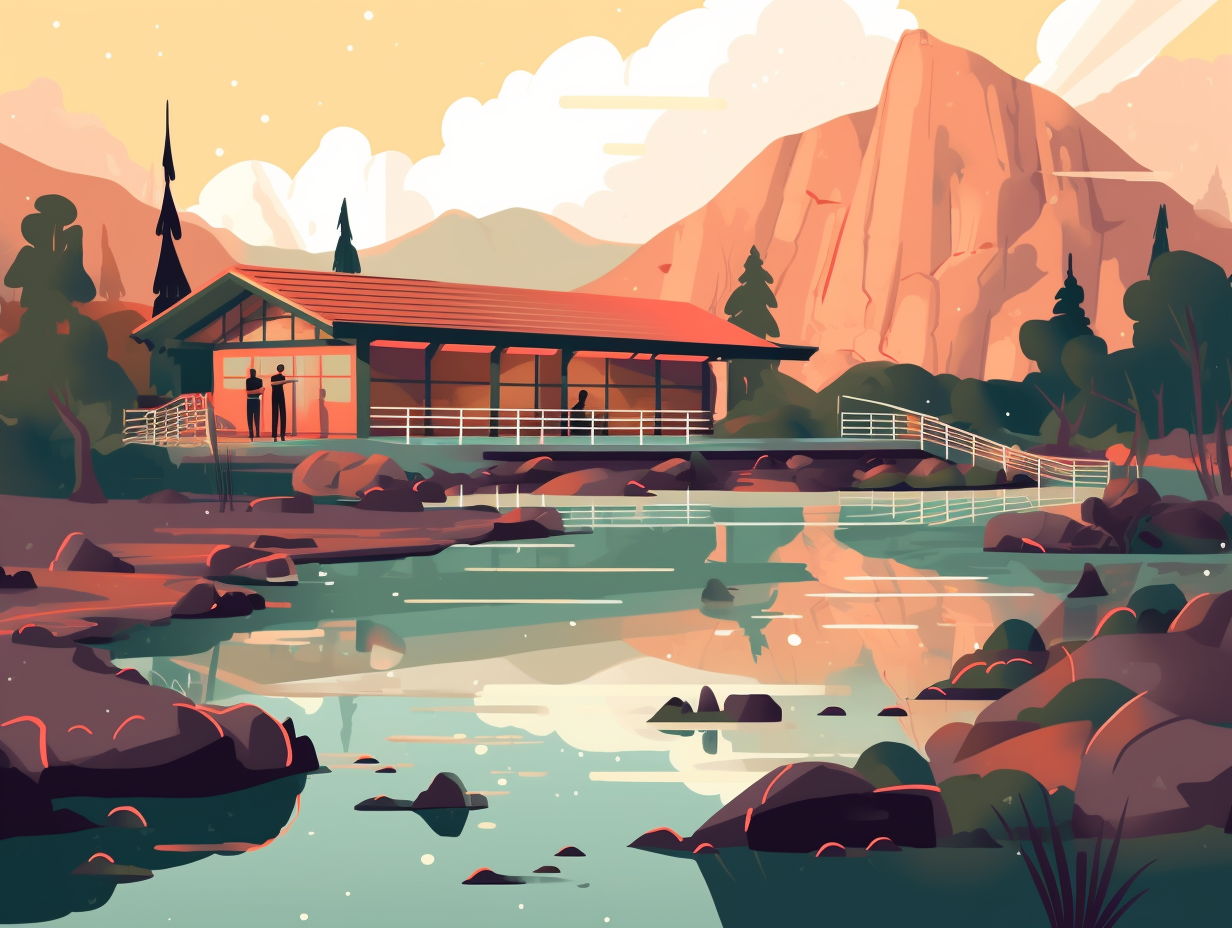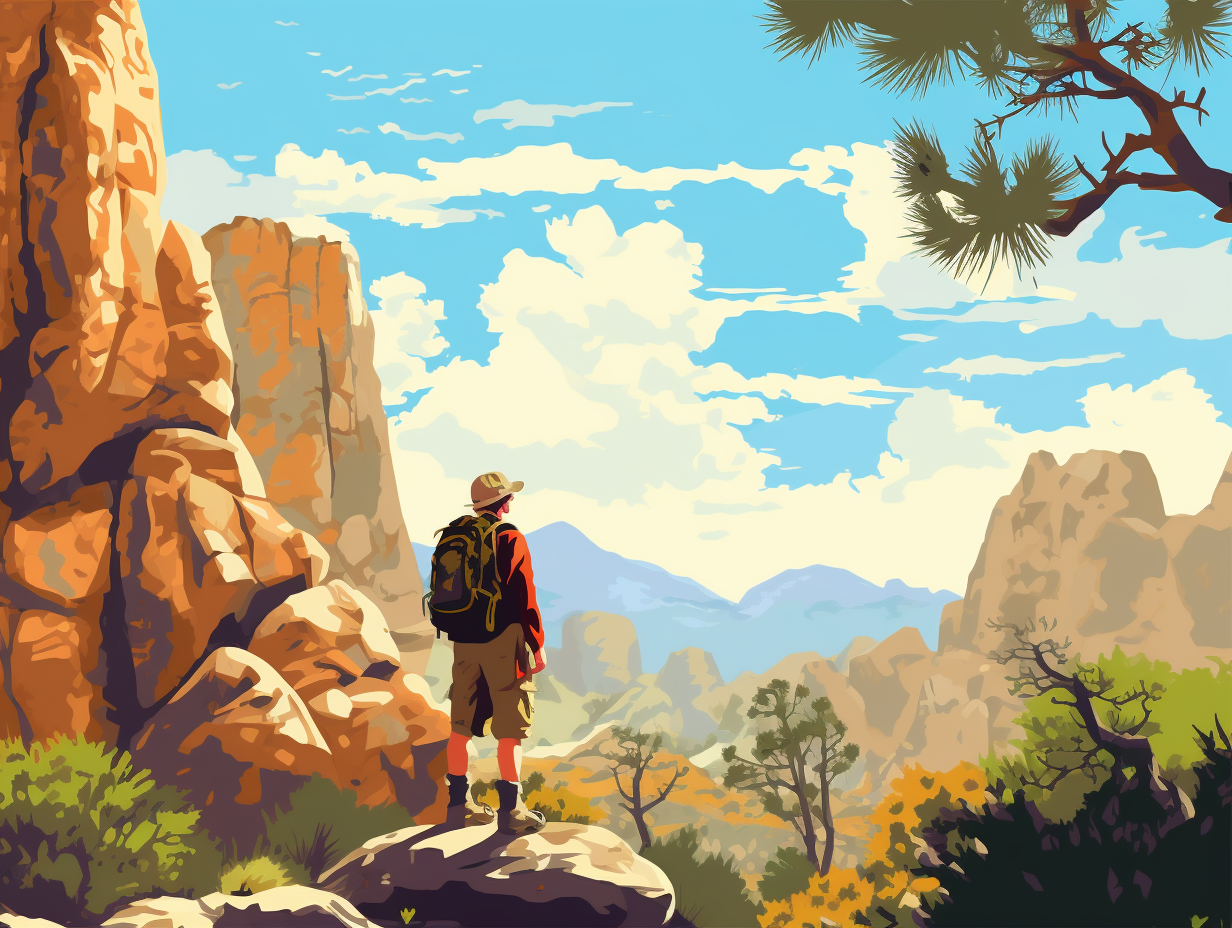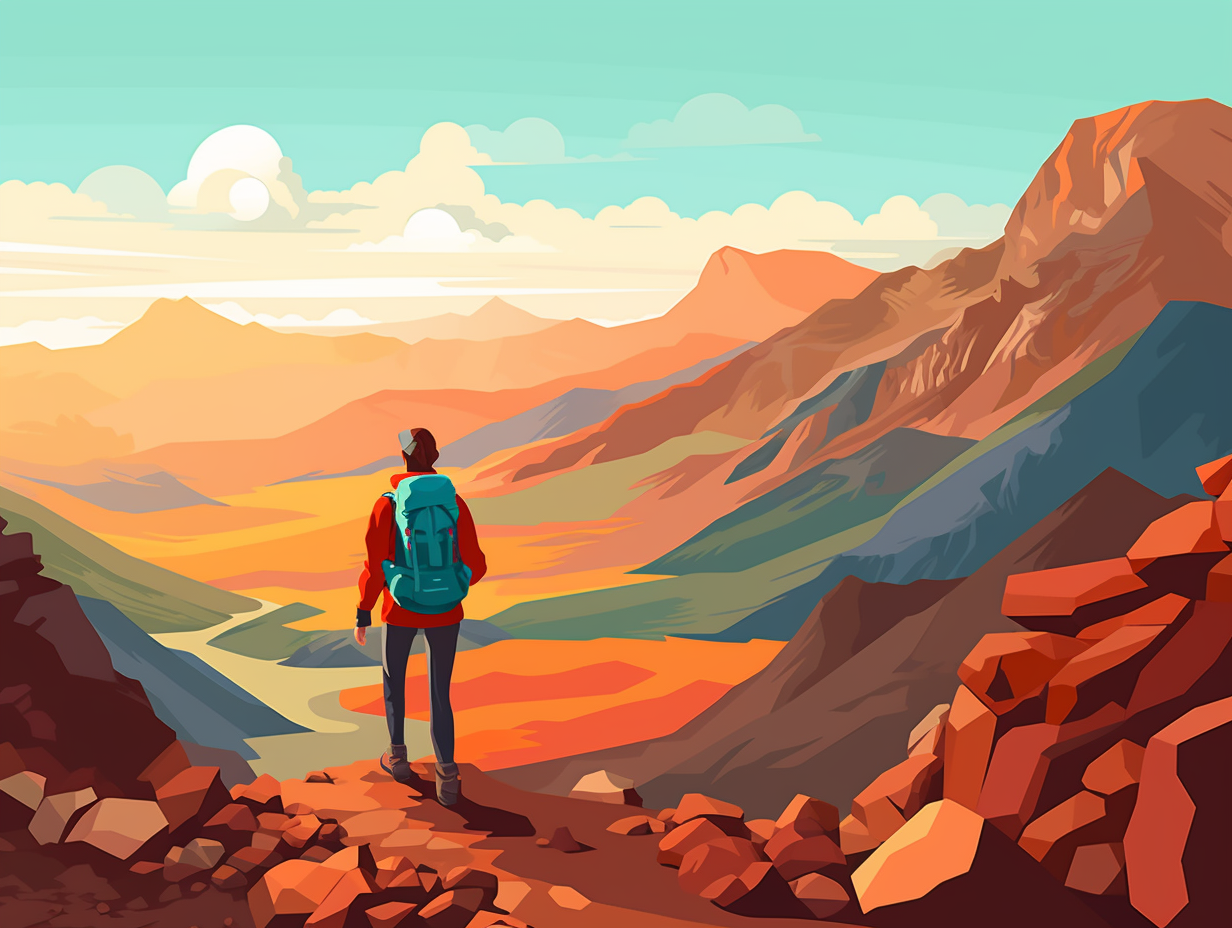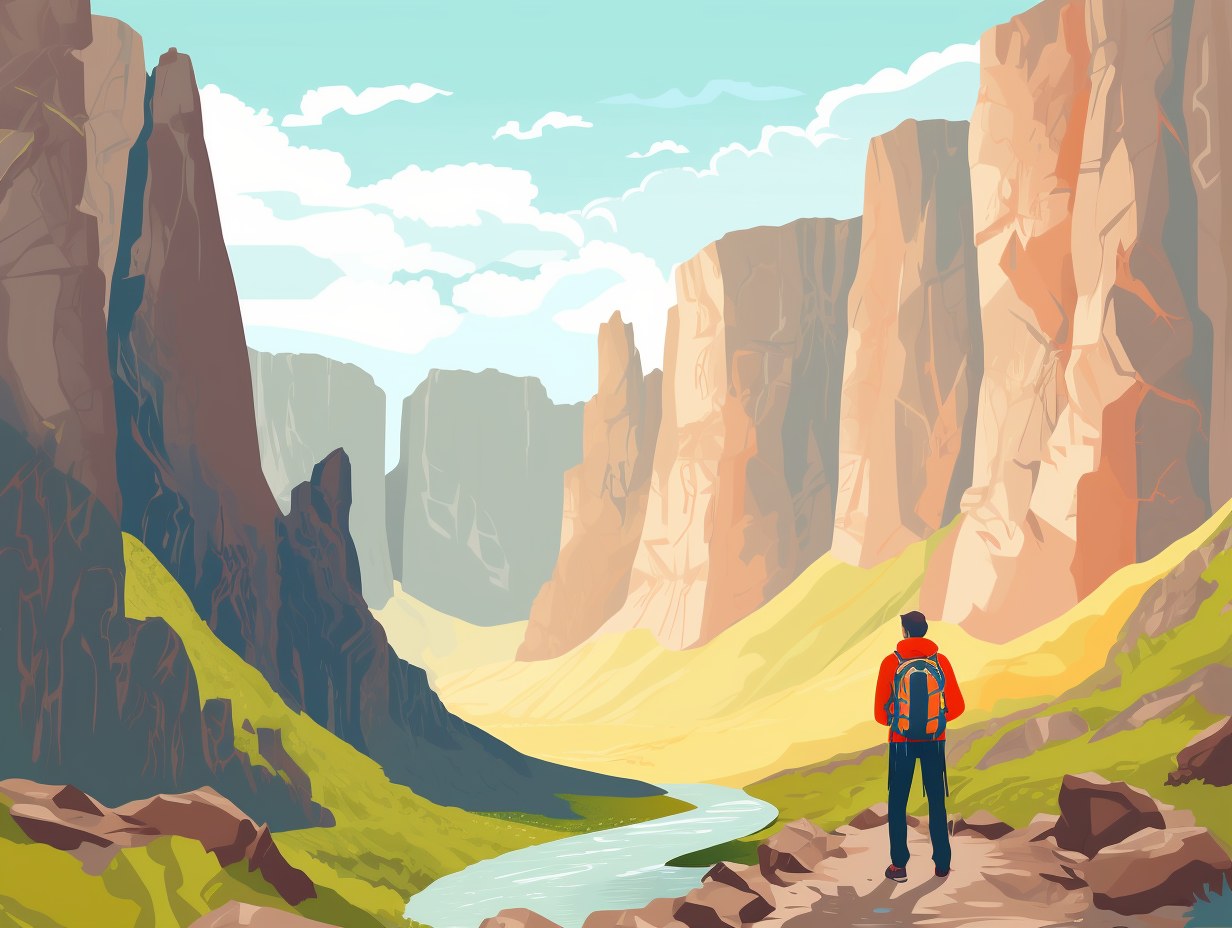Discover the Wild Side: 13 Amazing Fun Facts About National Parks You Never Knew
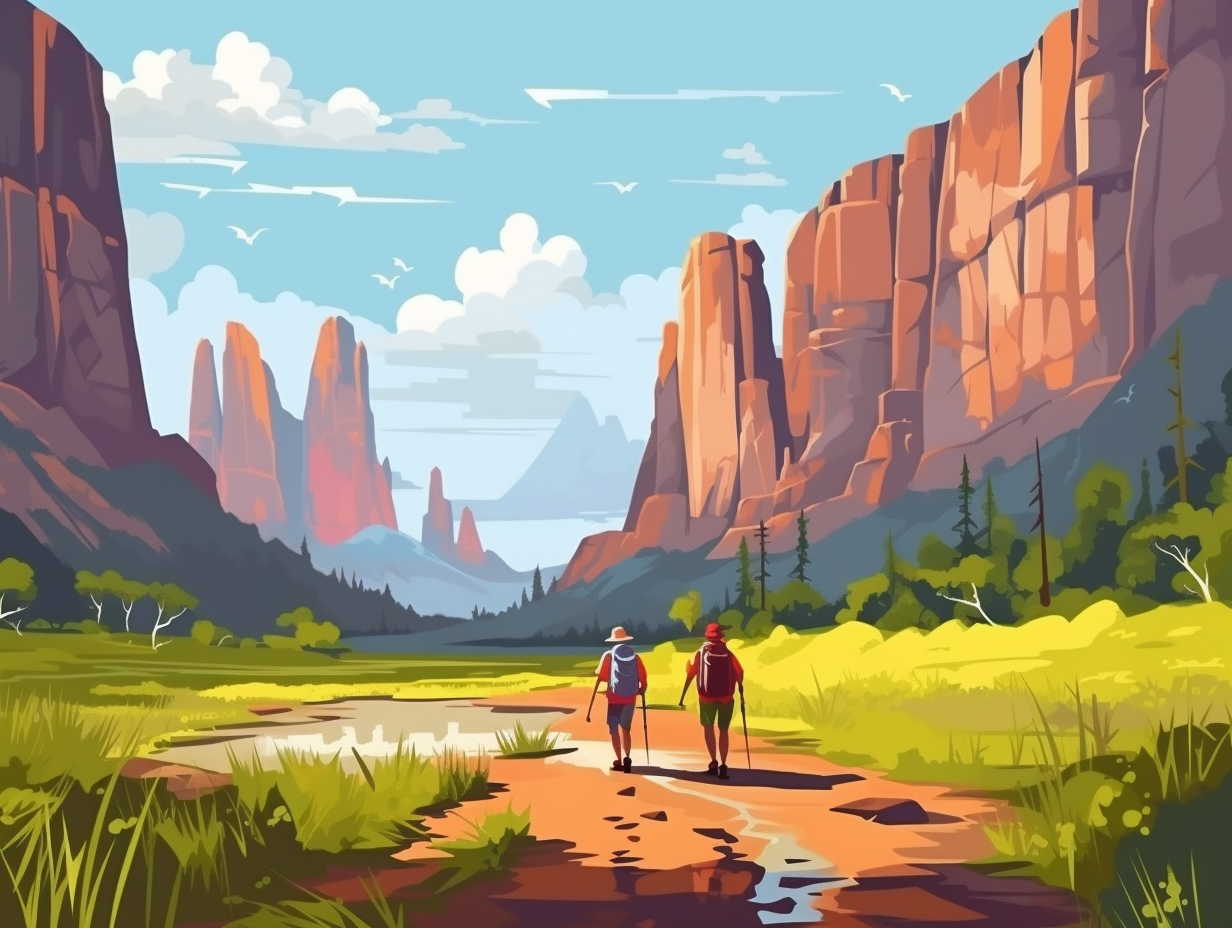
1. Size Matters at Great Sand Dunes
Whoever said size doesn't matter has clearly never been to the Great Sand Dunes National Park: Home to North America's highest dunes, this Colorado behemoth not only boasts an impressive 30 square miles of sandy mountains but also shelters a smorgasbord of habitats, including alpine lakes, tundra, six sky-scraping peaks over 13,000 feet, ancient forests, grasslands, and wetlands. Talk about dabbling in a little bit of everything!
Source => nationalparks.org
2. Grand Canyon's 1,000 Caves
Who needs a man cave when you can have a Grand Canyon cave: The Grand Canyon National Park houses a staggering 1,000 estimated caves, with only 335 recorded and even fewer mapped or inventoried, all thanks to the water-soluble Redwall Limestone. Sadly, only one cave – the Cave of the Domes on Horseshoe Mesa – is open for public spelunking.
Source => doi.gov
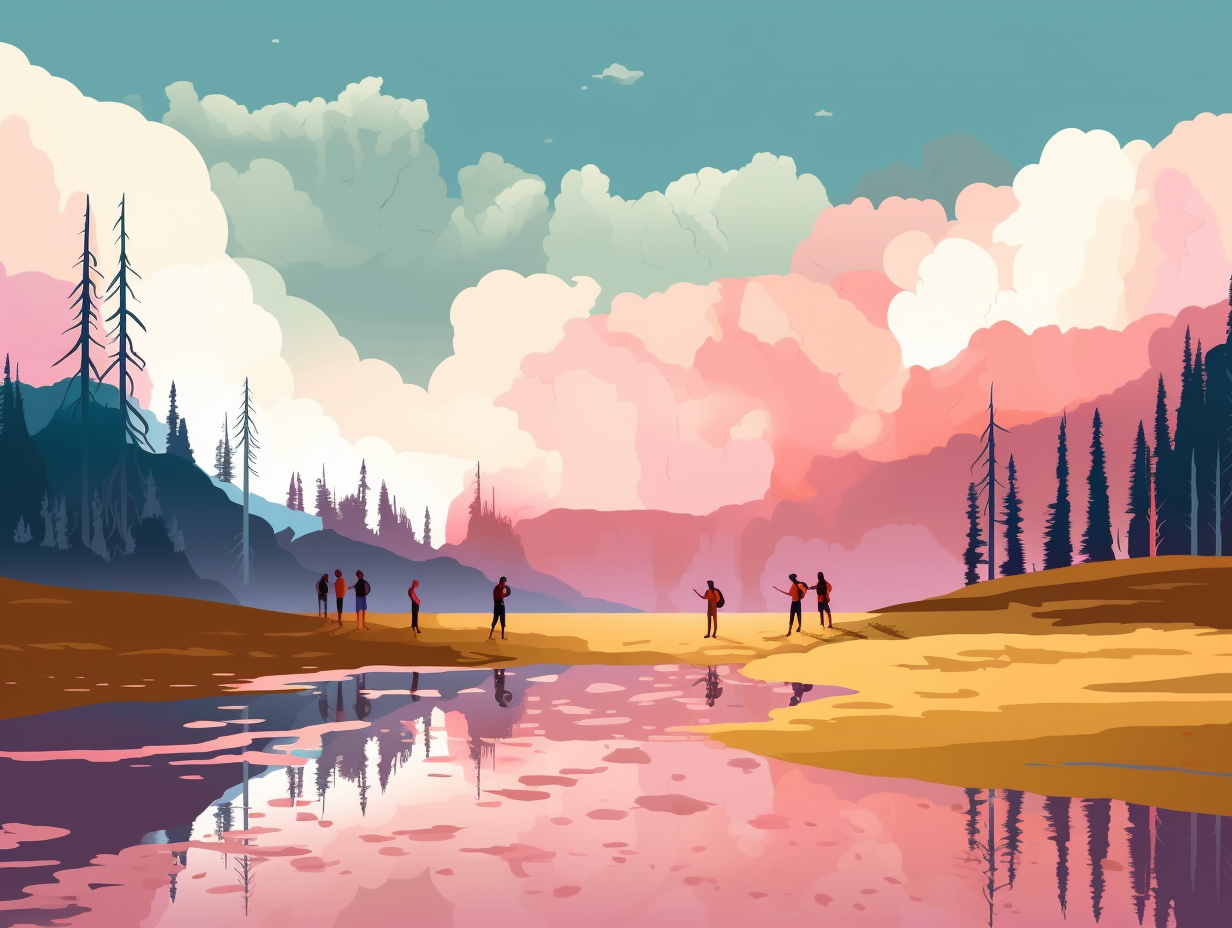
Did you know Yellowstone National Park is home to over 400 geysers, including the legendary Old Faithful that erupts every 90 minutes? Discover more incredible facts about this steamy wonderland! 🌋💦
=> Fun Facts about Yellowstone-National-Park
3. Nature's Colorful Soup in Yellowstone
Step aside Willy Wonka, nature's got a colorful soup all of its own: Yellowstone National Park not only boasts the planet's largest geyser collection, but also over 10,000 hydrothermal features like hot springs, mudpots, and fumaroles, where heat-loving microorganisms called thermophiles create vivid hues for your sightseeing pleasure.
Source => nps.gov
4. Sky-high Party in Wrangell-St. Elias
If mountains could throw a sky-high party, Wrangell-St. Elias National Park and Preserve would be the VIP lounge: hosting six peaks that soar above 15,000 feet, this park is a celebration of North America's tallest titans, all dancing on a glacier-filled stage.
Source => nps.gov
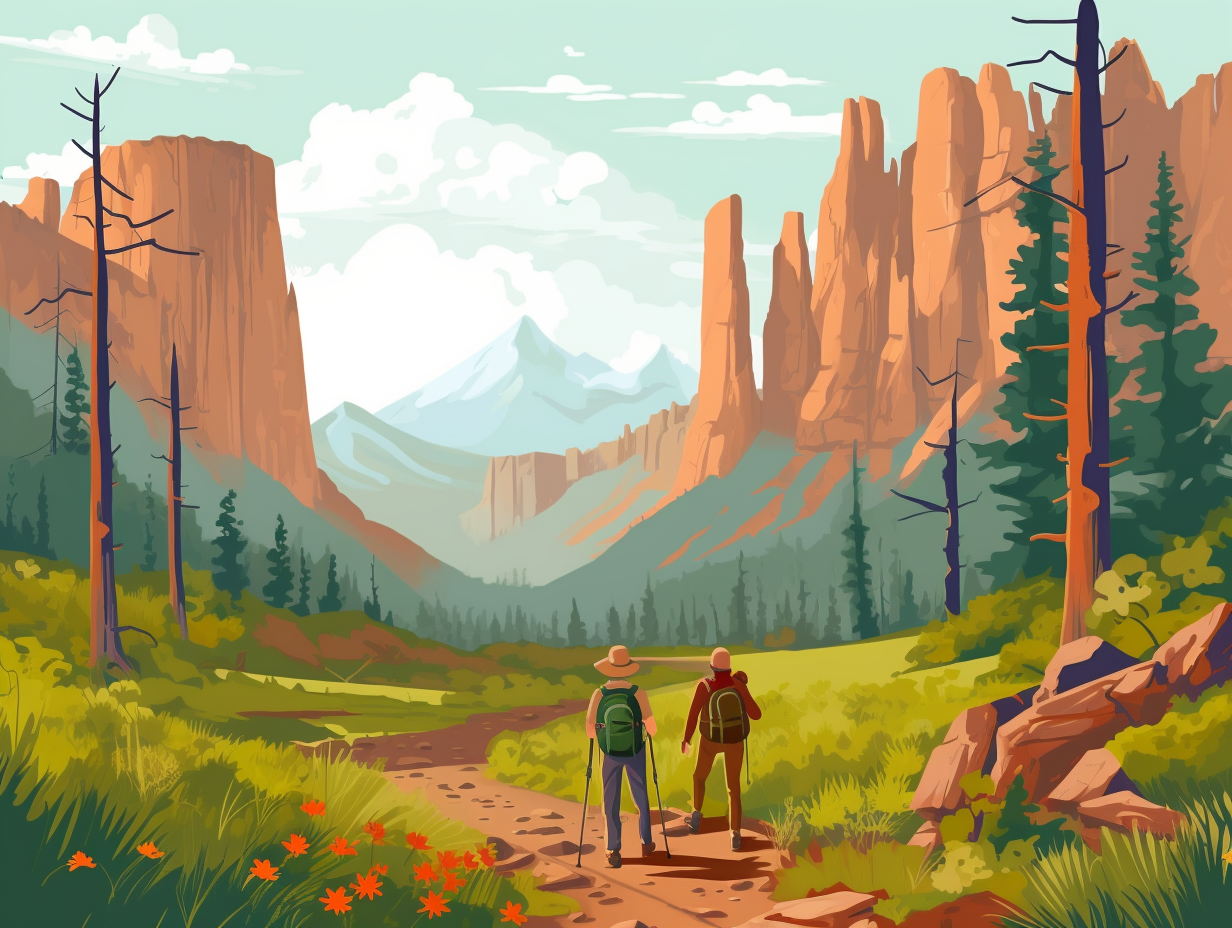
5. Summer Hypothermia in Congaree
Ever get that chilling feeling despite basking in the sun? The national park life might just have you shivering in your shorts: Even during sultry summer months, hypothermia can strike visitors at Congaree National Park as the body's core temperature nosedives, so it's wise to pack rain gear, wear quick-drying clothes, and steer clear of cotton!
Source => nps.gov
6. Mammoth Cave's All-You-Can-Explore Buffet
If Mammoth Cave National Park were a dinner party, it'd be serving up an all-you-can-explore buffet of nature's finest, roofed by the longest limo of caves and seated in Kentucky's picturesque backyard: In one delightful combo, this park boasts the world's longest known cave system, serves up a scenic countryside menu with activities like hiking, horseback riding, and kayaking, and was made possible by the tireless efforts of private citizens. With its roots dating back to 1926, this national treasure has been a World Heritage Site since 1981, and doubled up as an International Biosphere Reserve since 1990.
Source => nationalparks.org
7. Yellowstone, the First National Park
In a moose-mentous decision that would shape the great outdoors forever: Yellowstone became the world's first national park in 1872, sparking a global movement to protect and preserve nature's wonders for the enjoyment of all.
Source => nps.gov
8. Joshua Tree's Climbing Playground
Feeling that your life is a bit rocky? Joshua Tree National Park is always willing to lend an extra "climbing" hand: There are over 8,000 established rock-climbing routes waiting for keen adventurers, ranging from easily accessible roadside jaunts with picnic table pit stops to thrilling hikes deep into the stunning wilderness.
Source => thebigoutside.com
9. Bearbnb at Katmai National Park
Move over Goldilocks, there's a new Bearbnb in town: Katmai National Park boasts over 2,200 well-fed and happy brown bears, making it the ultimate destination for bear enthusiasts and adrenaline junkies in search of heart-stopping and jaw-dropping bear viewing experiences, where nature reigns supreme and humans take the backseat.
Source => nps.gov

10. Dinosaur National Monument's Ancient Art Gallery
Before Jurassic Park, there was Dinosaur National Monument's Art Gallery: This breathtaking location not only boasts incredible fossil discoveries but also houses mysterious Fremont culture petroglyphs and pictographs, dating back thousands of years, showcasing human-like figures, animal shapes, and abstract designs. Just remember to keep those curious hands off the soft sandstone!
Source => nps.gov
11. Mount Mazama's Dramatic Finale
If Mount Mazama were a stage actor, it would have quite the dramatic flair, with an explosive finale that left its audience astounded – and flooded: Around 7,700 years ago, this massive volcano in what is now Crater Lake National Park underwent such a colossal eruption that its entire upper half collapsed, forming a caldera now home to the mesmerizing Crater Lake. With a past of overlapping shields and stratovolcanoes to boot, Mount Mazama's eruptions date back 420,000 years, making it a truly seasoned performer of geological theatrics.
Source => usgs.gov
12. Appalachian Mountains' Uplifting History
You might think the Appalachian Mountains have a bit of altitude envy, but they've got a "rocky" history of standing tall themselves: Around 270 million years ago, the eastern edge of North America collided with Africa, causing the entire Appalachian region to uplift, creating mountains likely higher than the current Rockies. This cosmic collision also led to the creation of plutons and the transformation of sedimentary rocks into materials like quartzite and slate. Today, you can bear witness to this geological glow-up in the Great Smoky Mountains National Park, where faulting patterns display older rocks strutting their stuff above younger rocks.
Source => usgs.gov
13. Prehistoric Rainbow Forest
Feeling stumped? Prepare to be dazzled by the prism of prehistory: Petrified Forest National Park houses wood-turned-quartz fossils that shimmer with colorful impurities, like iron, carbon, and manganese, creating a mesmerizing rainbow appearance that dates back an astonishing 200 million years.
Source => nps.gov
Related Fun Facts

